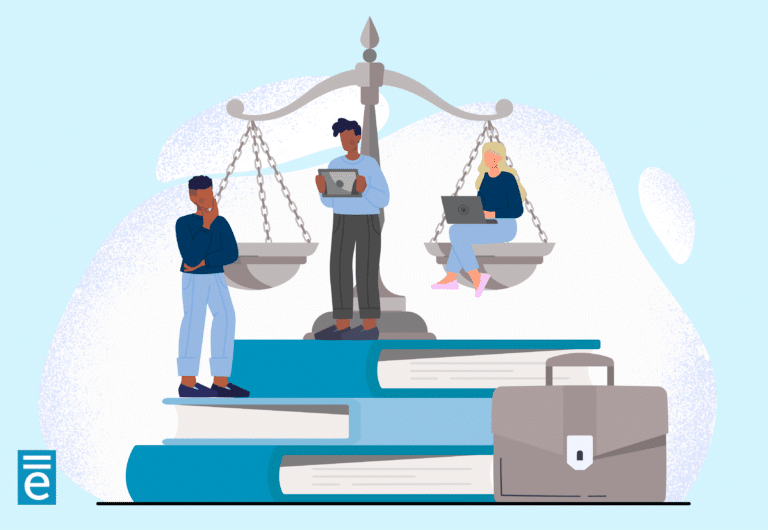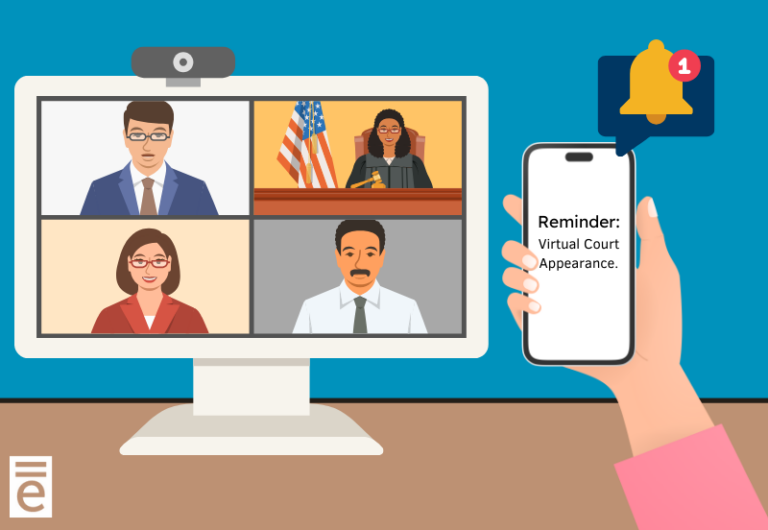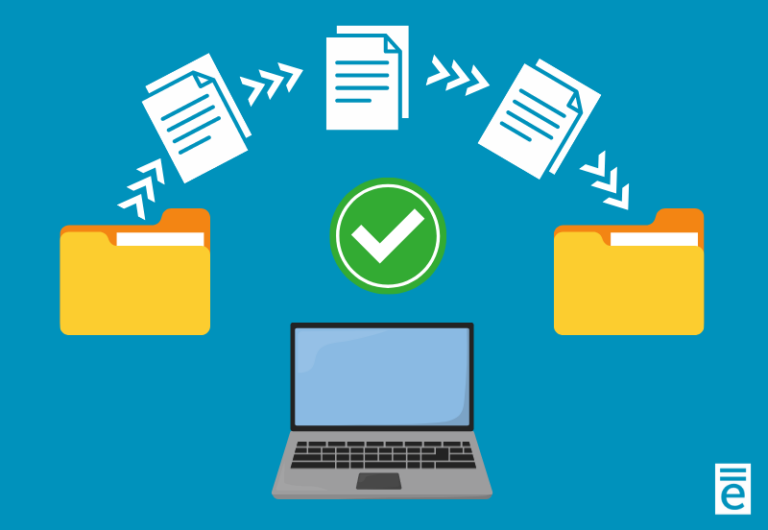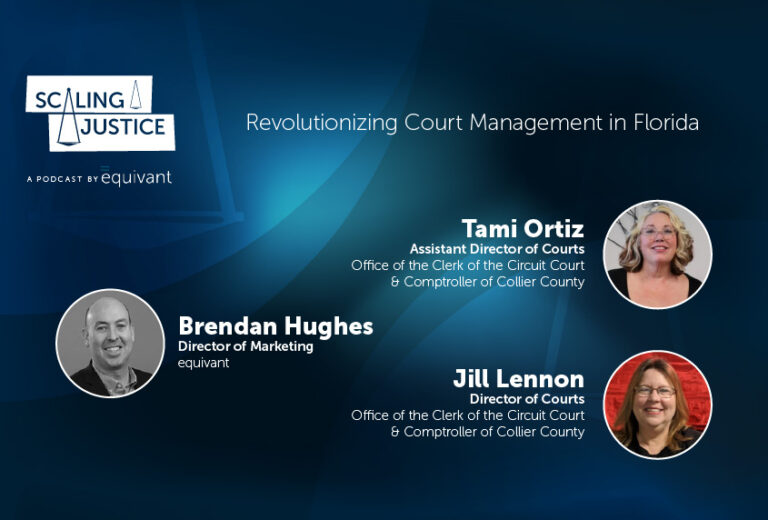Online Dispute Resolution • equivant ODR, powered by Resolve Disputes Online
Option 1: Hire an attorney. Take time off work. Find a sitter. Arrange transportation. Appear in court.
Option 2: Get out your phone. Pull up a website. Resolve your court business on your own time.
Most people would choose Option 2 in a heartbeat. Taking time off work, finding childcare and transportation, and other logistics involved in a physical court appearance are enough to prevent many people from appearing at all. Yet in courts across the country, Option 1 is still the only choice available.
The court component model (CCM) is making Option 2 a reality for many courts because it’s increasingly easy to add an online dispute resolution (ODR) component to your existing system.
ODR tools allow court-involved people to engage with your court differently, saving time and money for all involved.
The JTC1 published a series of case studies showing how ODR positively impacts courts and communities across the country, and our experience with ODR has been equally encouraging. When our court clients are using an ODR component, we’ve seen:
- Cases close 72% faster
- Combined court staff time decrease from 157 minutes to 27 minutes per hearing
- Defaults reduced from 15% to less than 1%
The benefits of ODR to courts are clear, and while the benefits to the community are a bit less tangible, we believe they’re equally if not more important.
Over the past three decades, we’ve seen an erosion in public trust in courts and public institutions, coupled with increased public demand for more efficient and cost-effective ways to have their “day in court.” The American Bar Association reported that at any given moment, it is estimated that as many as half of U.S. households are dealing with at least one “significant civil justice situation.”2
ODR is helping address these concerns by giving citizens a forum in which to be heard while minimizing the complications and cost.
ODR isn’t just a process improvement; it increases transparency, access to justice, and equity for all citizens.
If you’d like to learn more about ODR and how to add this innovative A2J component to your court technology system, contact us. All our systems can connect to ODR components using CCM industry standards, and we can help you find the right fit for your court. Let us help you better engage your community with ODR.
¹JTC refers to the Joint Technology Committee (JTC) established by the Conference of State Court Administrators (COSCA), the National Association for Court Management (NACM), and the National Center for State Courts (NCSC)
²ABA 2016, A Report on the Future of Legal Services in the United States




